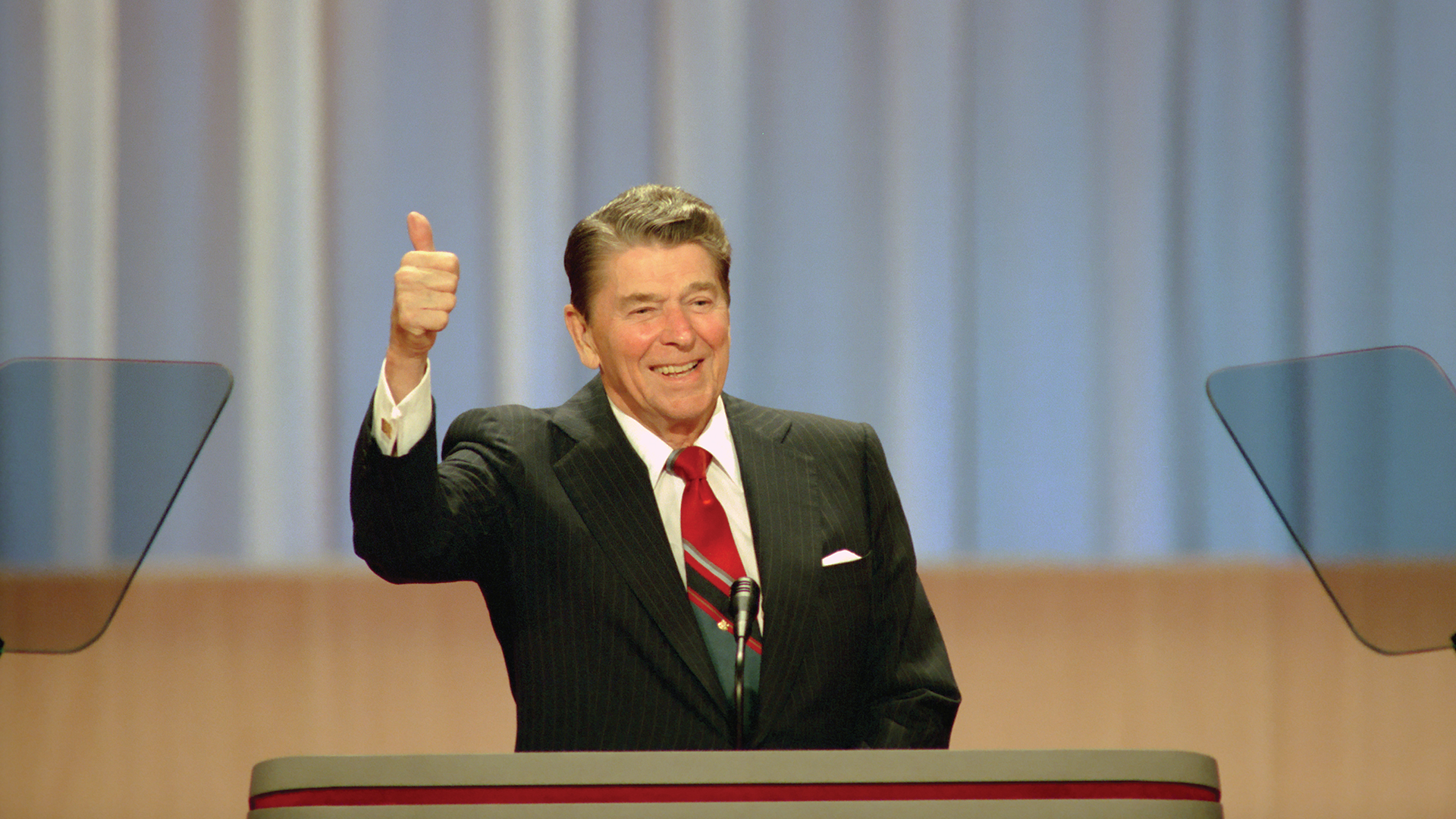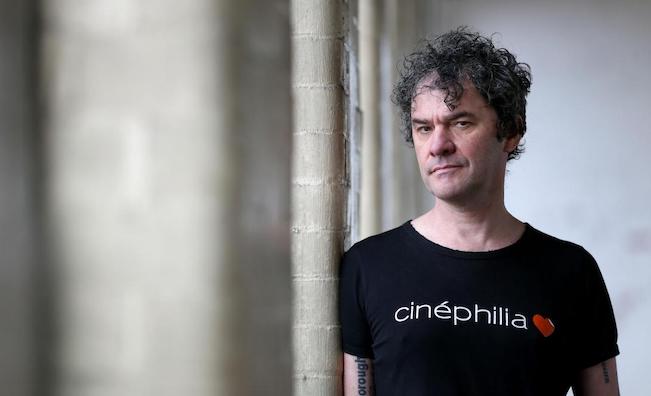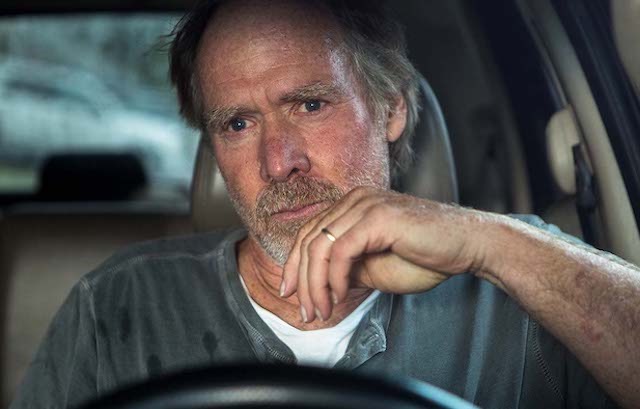“The Reagan Show” —the latest from directors Sierra Pettengill (Producer of “Cutie and the Boxer”) and Pacho Velez (“Manakamana”)— is a patchwork quilt of a film. Network news broadcasts, rally footage, home video, and more come together to tell the tale of Ronald Reagan’s two terms as President of the United States. The filmmakers compile what amounts to the president’s greatest hits, with iconic lines like ‘Trust but verify’ and ‘Mr. Gorbachev, tear down this wall’ making appearances. Using clips that have often been rerun over the past 30 years shines a spotlight on the clean, crisp video transfers that Pettengill and Velez use throughout the film.
With his background as a Hollywood actor, footage of Reagan was plentiful long before he ever decided to run for public office. In fact, deep cuts from Westerns and B-movies share the beginnings of his time in the public sphere. The directors contextualize these with one of many captions for viewers who might not remember the ‘80s. As the directors explain, Reagan often played a “good-natured, all-American hero” in his performances, imbuing him with the perceived qualifications of the leader of the free world. These captions fill the gaps between snippets of footage, showing how a president used a carefully constructed public image to win the votes of the American people.
Although this may remind the reader of the story of Donald J. Trump (and the directors include a clip of Reagan declaring his intention to ‘make America great again’ for those audience members who are slow at spotting parallels), “The Reagan Show”’s similarity to Penny Lane’s brilliant 2013 documentary “Our Nixon” more strongly evokes Richard Nixon. Much like Pettengill and Velez, Lane draws solely on period footage of Nixon —particularly the home movies of his aides— to create a more intimate portrait of the leader. However, “Our Nixon”’s seeming hagiography becomes something much more subversive as its sitcom-friendly images and abstract shots of White House offices and garden scenery are joined with audio from Nixon’s secret recordings of conversations with advisors, many of which are rife with racism and homophobia. Lane shows the image that the Nixon administration hoped to project and then undermines it with the ugly ideologies and behaviors beneath the facade. While “The Reagan Show” clearly is no fan of its subject’s media manipulation, the film suffers by following “Our Nixon”. After seeing a presidential public image subverted by holding it alongside shockingly disparate information, the savvy filmgoer sees “The Reagan Show” as shallow, offering insights and perspectives into Ronald Reagan that have been more-or-less available for the past 30 years.






